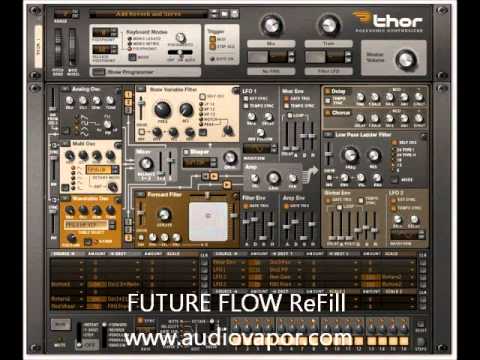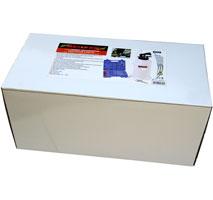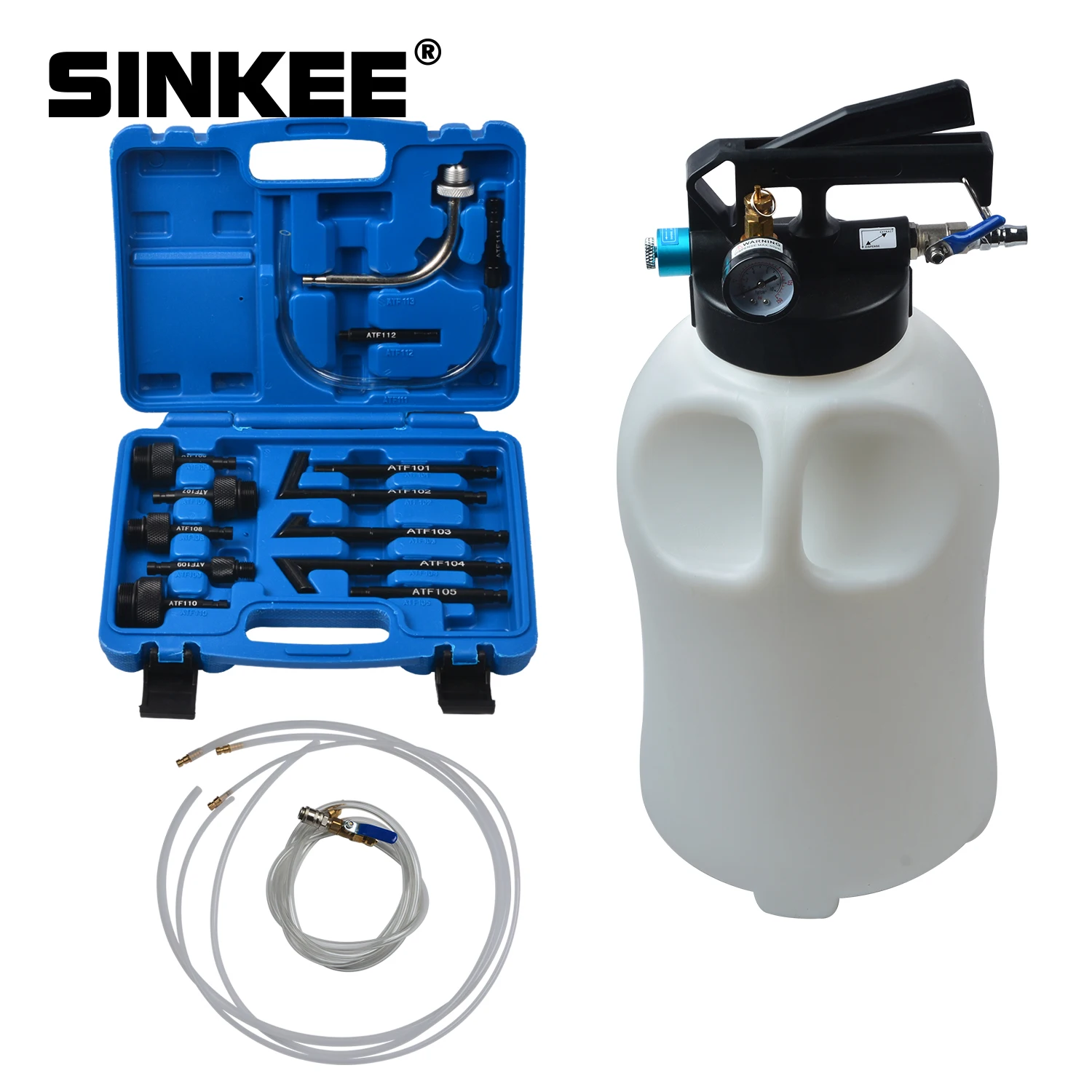


Similar to LC, the sample preparation methods most frequently used with GC are dilute-and-shoot approaches using organic solvents.

As such, GC has been used for the analysis of e-cigarette ingredients, additives, and contaminants (8–10). GC is the most commonly applied technique for the analysis of e-liquids because they mainly contain volatile components. So far, sample preparations involving extractions in e-liquids have only been explored for the analysis of tobacco nitrosamines and phtalates (6,7). The sample preparation for LC methods is, in most cases, limited to a simple dilute-and-shoot approach because of the “simple” e-liquid matrix composed of propylene glycol and glycerol. LC is mainly used for the analysis of nicotine, nitrosamines, and nonvolatile flavourings (2–5). The most prominent methods used for the analytical assessment of e-liquids in general are liquid chromatography (LC) and gas chromatography (GC).

To guarantee its safe use and to comply with the notification requirements of the EU Tobacco Product Directive (1), analytical characterization of the refill liquids (e-liquids) used for e-cigarettes is essential. Since its introduction more than 10 years ago, the e-cigarette has become a popular consumer product. The developed method was successfully validated in accordance with the validation requirements of ICH guidelines for the quantification of four flavourings with a potential health concern for e-cigarette users. For the analysis of semivolatile ingredients, an additional sample preparation step is proposed based on a liquid–liquid extraction (LLE) followed by a freeze-out of the matrix components. In this study, headspace gas chromatography (HS-GC) analysis is presented as an excellent method for the analysis of high volatile components in e-liquids. However, one of the challenges encountered during the analysis of e-liquids is the presence of the highly abundant e-liquid matrix components propylene glycol and glycerol. To guarantee their safe use and to comply with the notification requirements of the EU Tobacco Product Directive, the EU member state regulatory authorities need information about the exact composition of the e-liquids and their emissions. During the past decade, e-cigarettes have become increasingly popular.


 0 kommentar(er)
0 kommentar(er)
